Observations from the field at an assisted living facility. (The purpose of this blog series is to provide real-world examples of hydronic HVAC and...
Continue Reading5 Common Installation Mistakes on Base Mounted Pumps
Some might argue that pumps are the most vital component of a commercial HVAC system. Just as the body cannot live without the heart to pump blood, a...
Continue ReadingThe Cost of Ambiguity in Building System Design
As a manufacturer’s rep, it is our job to delve into the fine details of a project’s mechanical and plumbing systems. Our task is to select...
Continue ReadingHVAC Pumps: Radial Thrust
Most people in the pump industry have not heard this term. To be perfectly honest with you, I’ve known about this issue, but only recently found the...
Continue Reading3 Benefits of a Combined Space & Water Heating Plant
For most commercial and institutional buildings, conventional thought has always been to design a boiler system to handle heating loads and a...
Continue ReadingPump Cavitation (Technically, It Ain't Air!)
Pump Cavitation. Even if you don't know anything about HVAC pumps, you would probably think this is a bad thing. And, you would be right!
Continue Reading3 Steps for Hydronic HVAC System Troubleshooting
Problems happen. In HVAC Systems. In life. But I’ve always believed that for every problem there is a solution. Getting to a solution is not always...
Continue ReadingHydronic HVAC Systems: Make-Up Water Assembly, Initial Fill & Air Purge
Hydronic HVAC systems use water to transport energy throughout a building for the purposes of occupant comfort. Once the system is initially filled,...
Continue ReadingHVAC Expansion Tanks: Plain Steel vs. Bladder-Type
Before we get into the common issues associated with plain steel expansion tanks and old Air Control Systems, let me first describe the expansion...
Continue ReadingHydronic HVAC Systems: Air Elimination vs. Air Control
Earlier, in the blog post “Why Air Must Be Removed from Hydronic HVAC Systems," we discussed several of the issues free air and dissolved air may...
Continue Reading
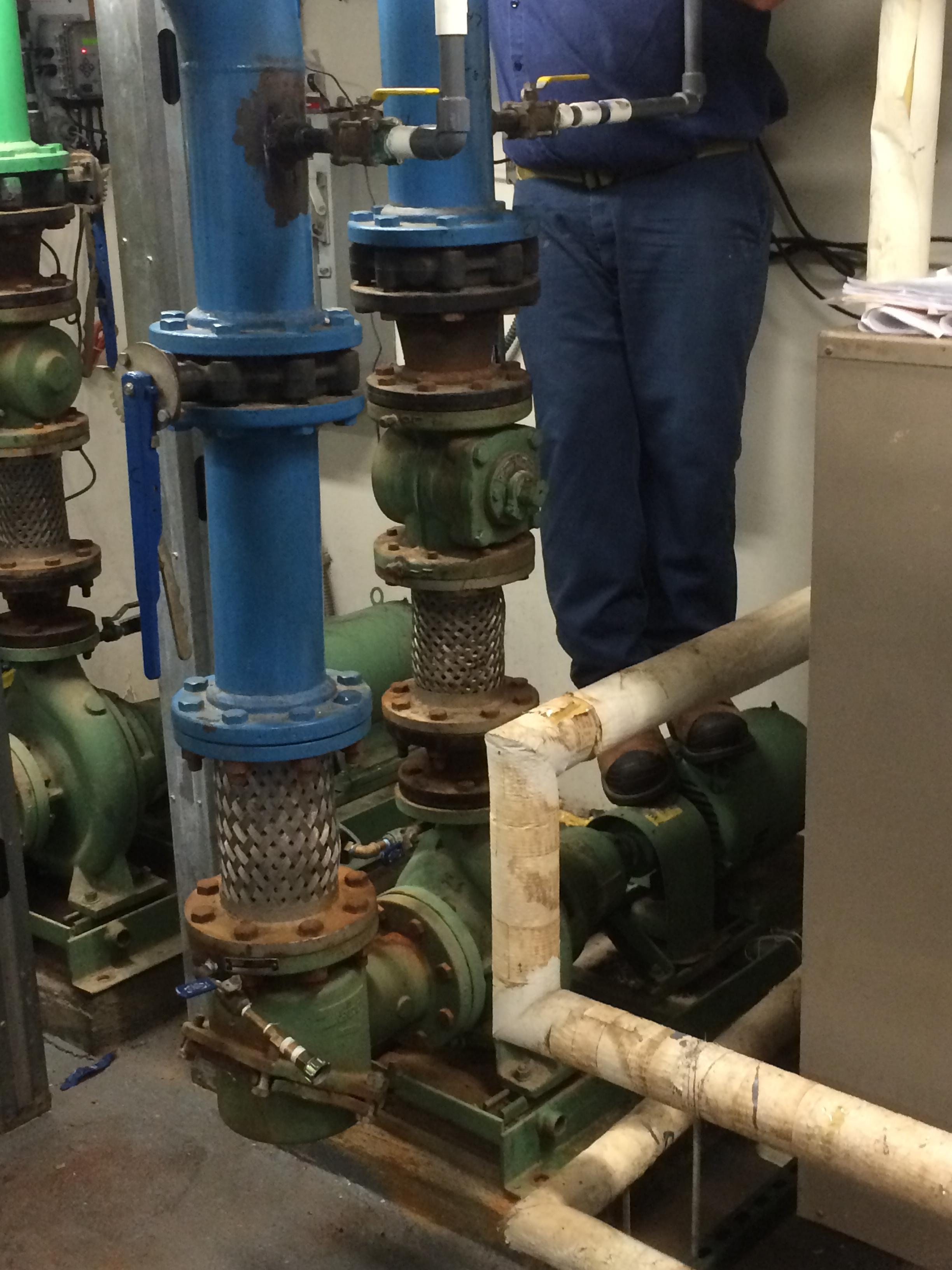
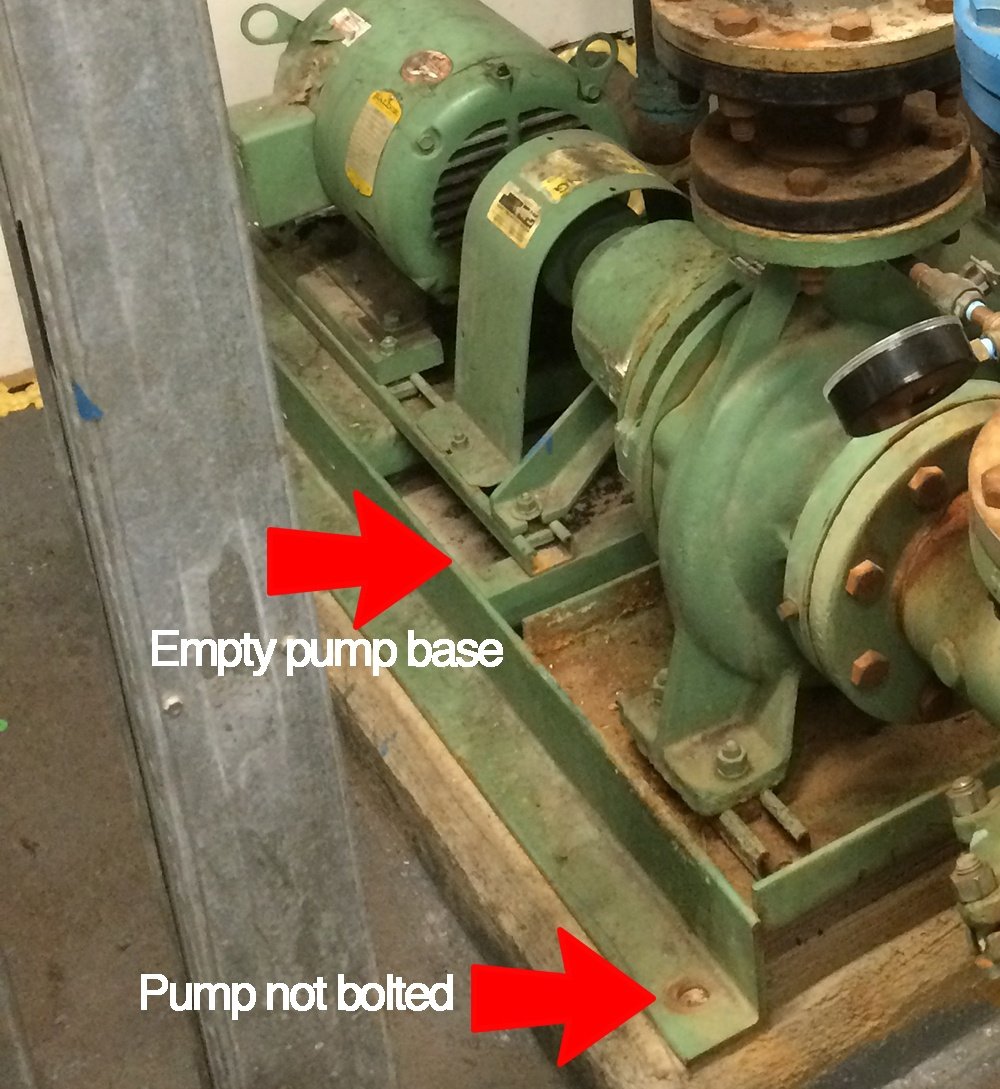

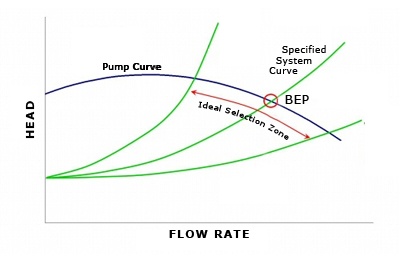
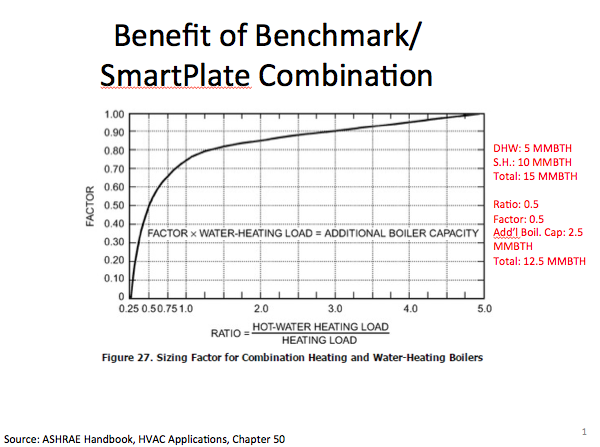
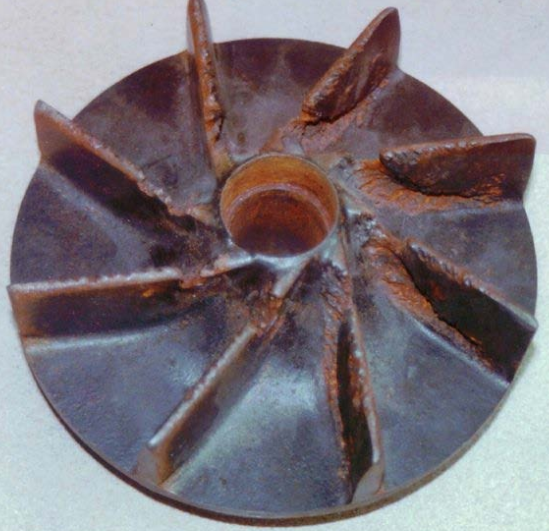

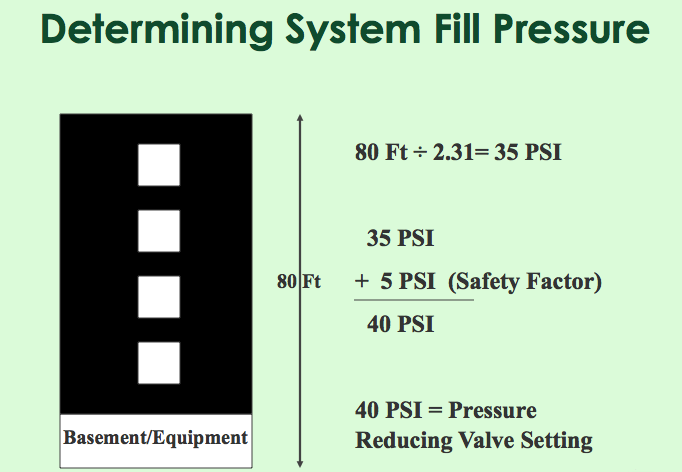
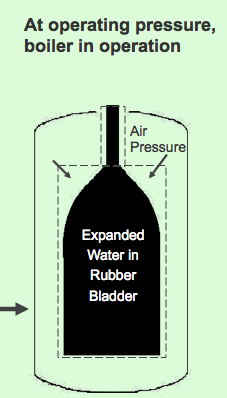
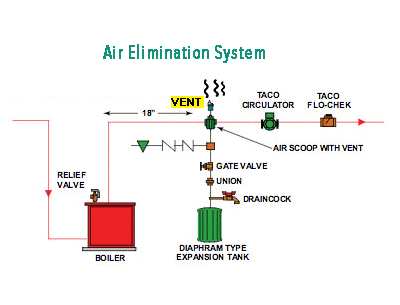



Submit a Comment